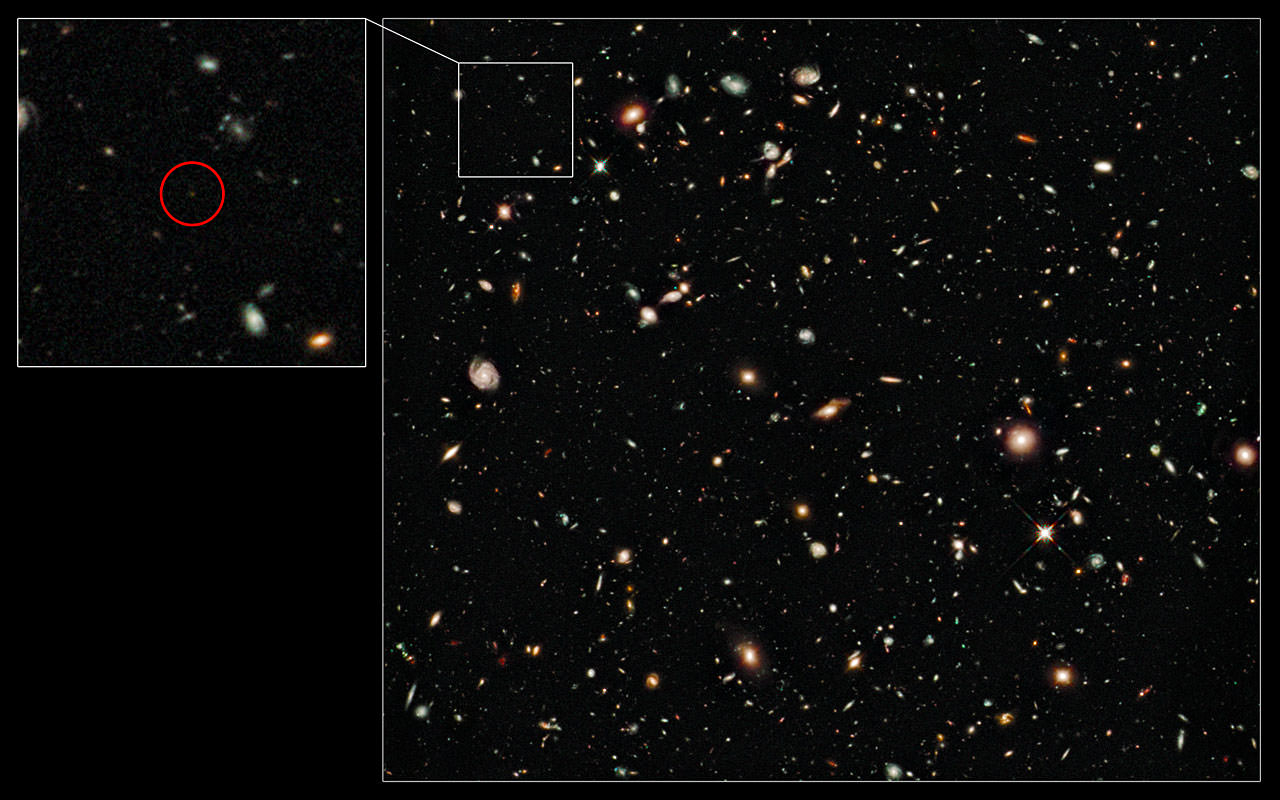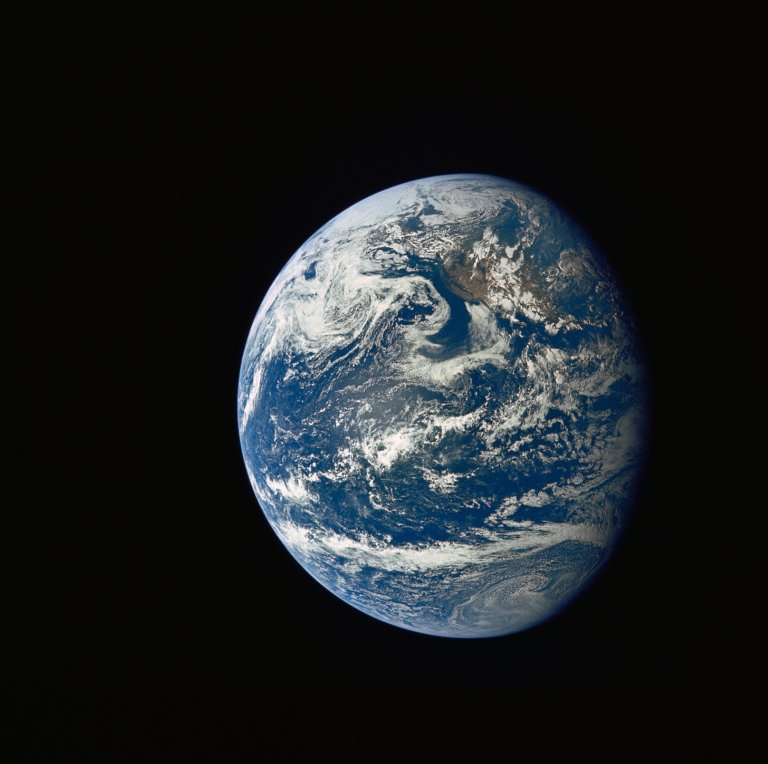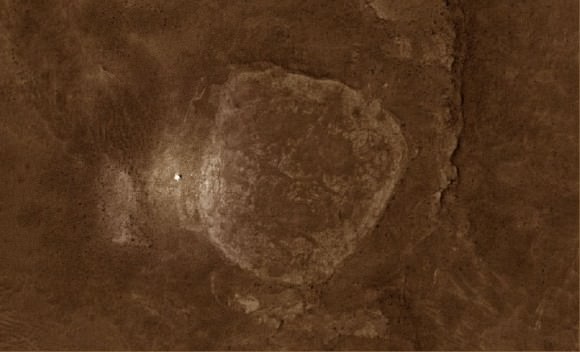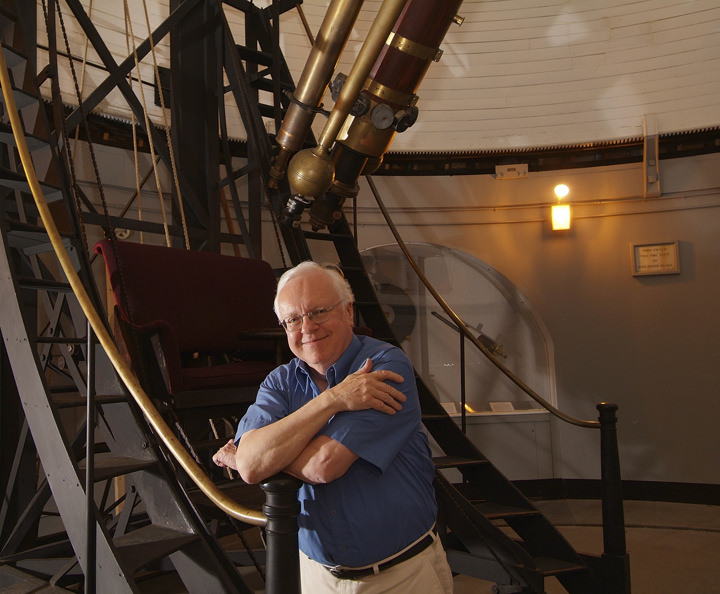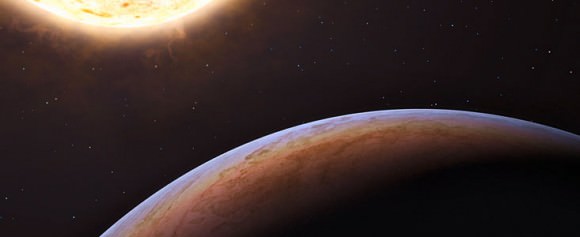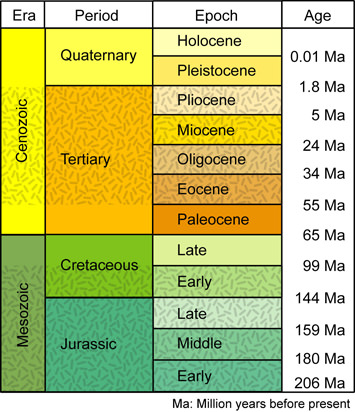What is the smallest unit of time you can conceive? A second? A millisecond? Hard to say seeing as how time is relative. Under the right circumstances, hours can fly by and seconds can feel like a lifetime. But unfortunately for physicists, time is not something that can be dealt with so philosophically. And since they deal with cosmological forces both infinitesimally large and small, they need units that can objectively measure them. When it comes to dealing with the small, Planck Time is the measurement of choice. Named after German physicist Max Planck, the founder of quantum theory, a unit of Planck time is the time it takes for light to travel, in a vacuum, a single unit of Planck length. Taken together, they part of the larger system of natural units known as Planck units.
Originally proposed in 1899 by German physicist Max Planck, Planck units are physical units of measurement defined exclusively in terms of five universal physical constants. These are the Gravitational constant (G), the Reduced Planck constant (h), the speed of light in a vacuum (c), the Coulomb constant 1/4??0 (ke or k), and Boltzmann’s constant (kB, sometimes k). Each of these constants can be associated with at least one fundamental physical theory: c with special relativity, G with general relativity and Newtonian gravity, ? with quantum mechanics, ?0 with electrostatics, and kB with statistical mechanics and thermodynamics. They were invented as a means of simplifying the particular algebraic expressions appearing in theoretical physics, especially in quantum mechanics.
Ultimately, Planck time is derived from the field of mathematical physics known as dimensional analysis, which studies units of measurement and physical constants. The Planck time is the unique combination of the gravitational constant G, the relativity constant c, and the quantum constant h, to produce a constant with units of time. They are often semi-humorously referred to by physicists as “God’s units” because eliminate anthropocentric arbitrariness from the system of units, unlike the meter and second, which exist for purely historical reasons and are not derived from nature. Some challenges to Planck’s Time have been mounted. For example, in 2003 during the analysis of the Hubble Space Telescope Deep Field images, some scientists speculated that where there are space-time fluctuations on the Planck scale, images of extremely distant objects should be blurry. The Hubble images, they claimed, were too sharp for this to be the case. Other scientists disagreed with this assumption however, with some saying the fluctuations would be too small to be observable, others saying that the speculated blurring effect that was expected was off by a very large magnitude.
A unit of Planck Time can be expressed as follows:

We have written many articles about Planck Time for Universe Today. Here’s an article about the Big Bang Theory, and here’s an article about astronomical units.
If you’d like more info on the Planck Time, check out Wikipedia, and here’s a link to Physics and Astronomy Online.
We’ve also recorded a Question Show all about Black Hole Time. Listen here, Question Show: Galileoscope, Black Hole and What Exactly is Energy?.
Sources:
http://en.wikipedia.org/wiki/Planck_time
http://en.wikipedia.org/wiki/Max_Planck
http://en.wikipedia.org/wiki/Planck_units
http://scienceworld.wolfram.com/physics/PlanckTime.html
http://en.wikipedia.org/wiki/Dimensional_analysis

